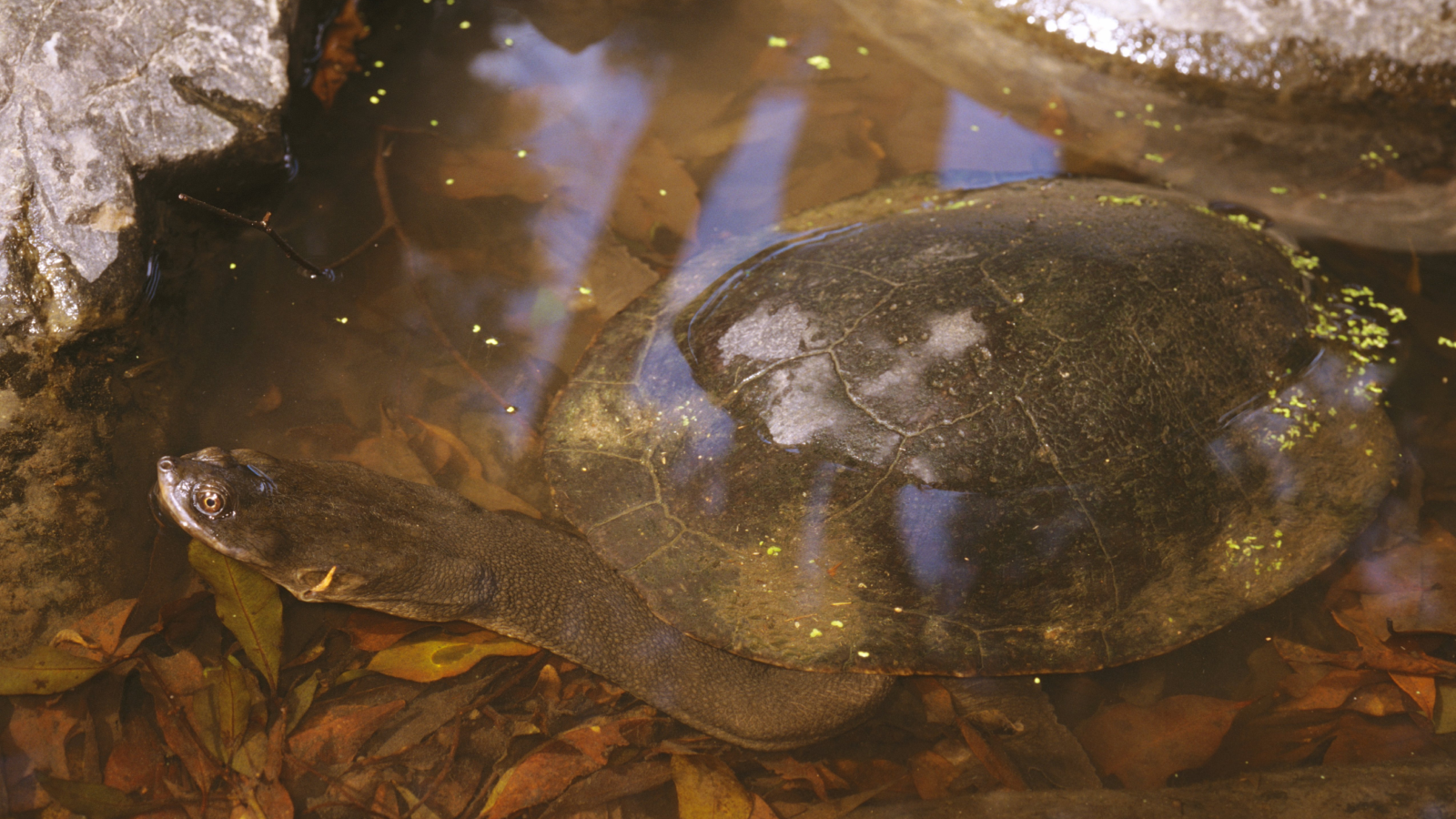Record-breaking Aussie dinosaur was as long as a basketball court
Several of its bones had been crushed by other dinos walking on it.

A newly described long-necked dinosaur the length of a basketball court and hips the height of a two-story building is the largest beast to ever walk Australia, a new study finds.
Paleontologists discovered the enormous creature — a titanosaur, the largest of the long-necked sauropod dinosaurs — in Queensland’s outback. They named it Australotitan cooperensis, or "the southern titan from the Cooper" — a nod to the Cooper Creek system where it was found. But the team calls it "Cooper" for short.
When alive, Cooper would have stood about 21 feet (6.5 meters) tall at its hip and measured up to 98 feet (30 m) from its snout to the tip of its tail. It likely weighed between 25 and 82 tons (23 and 74 metric tons), or the equivalent of 1,400 red kangaroos, the researchers wrote in a blog post. These metrics mean that the plant-eating Cooper ranks among the top 10 to 15 largest dinosaur species worldwide, the researchers said.
Related: Gallery: Massive new dinosaur discovered in sub-Saharan Africa
Cooper's remains were first discovered in 2004 by 14-year-old Sandy Mackenzie, the son of study senior author Robyn Mackenzie, director at Eromanga Natural History Museum. The dinosaur's gigantic fossilized bones were in the Winton Formation, west of the town of Eromanga, and researchers have spent much of this time excavating and studying its many fossilized bones.
"To make sure Australotitan was a different species, we needed to compare its bones to the bones of other species from Queensland and globally," study first author Scott Hocknull, a vertebrate paleontologist and senior curator of geology at the Queensland Museum in Brisbane, said in a statement. "This was a very long and painstaking task."
To speed up the process, the researchers used 3D-scanning technology to digitally scan each bone, and then compared the scans with the bones of other sauropods. "The 3D scans we created allowed me to carry around 1000s of kilos [of] dinosaur bones in a 7 kilogram [15.4 lbs.] laptop," Hocknull said. "Better yet, we can now share these scans and knowledge online with the world."
Get the world’s most fascinating discoveries delivered straight to your inbox.
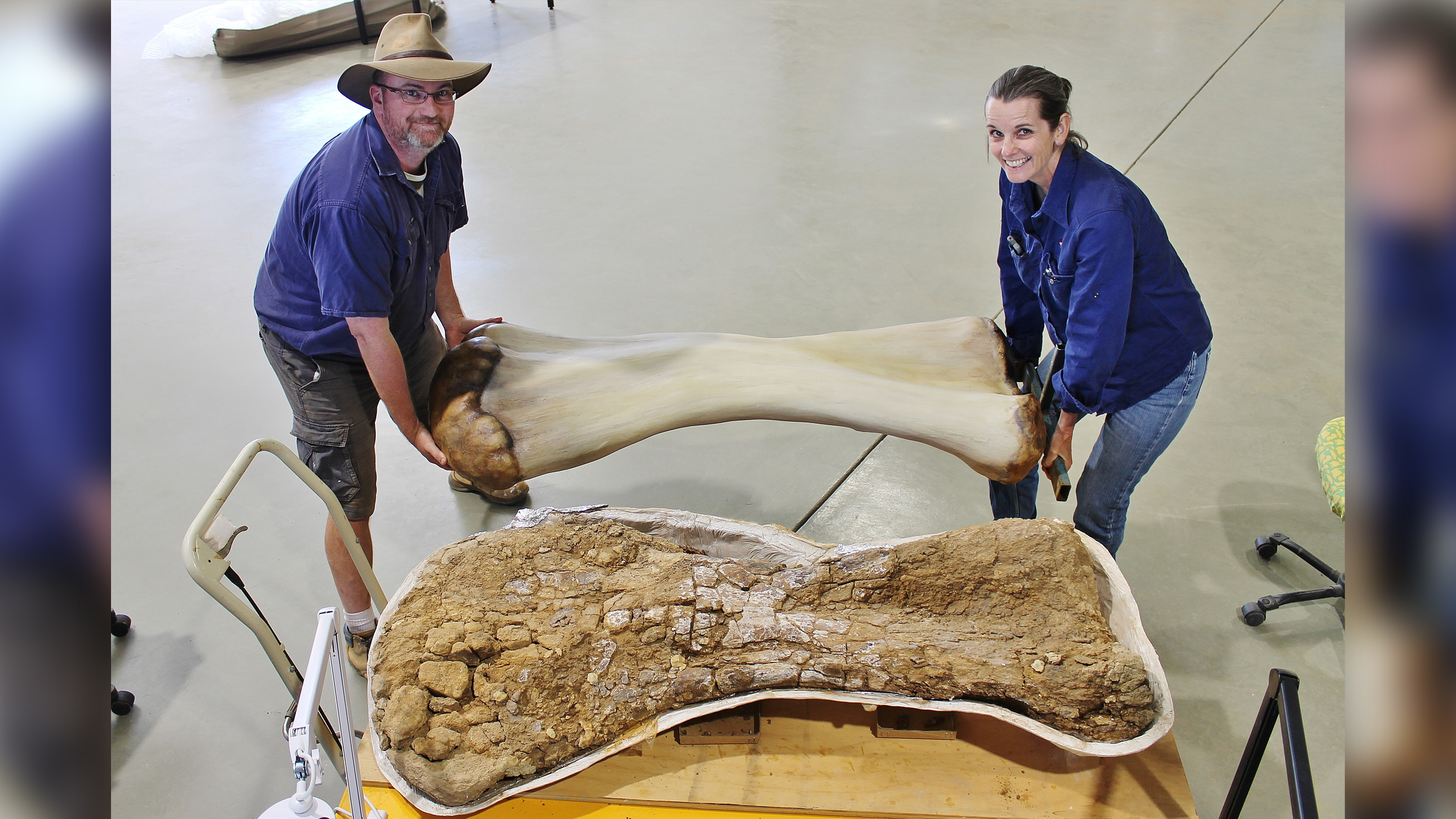
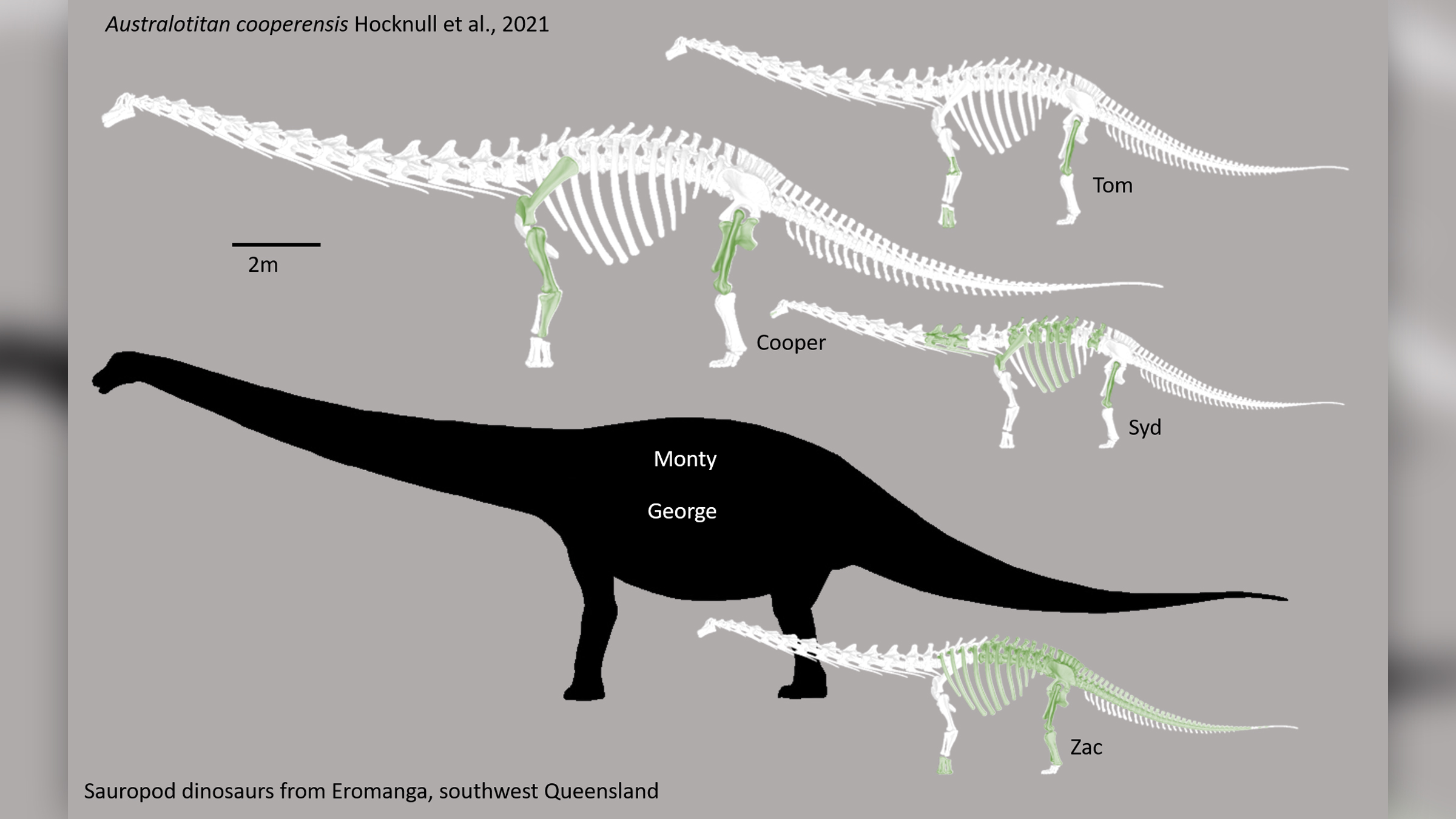
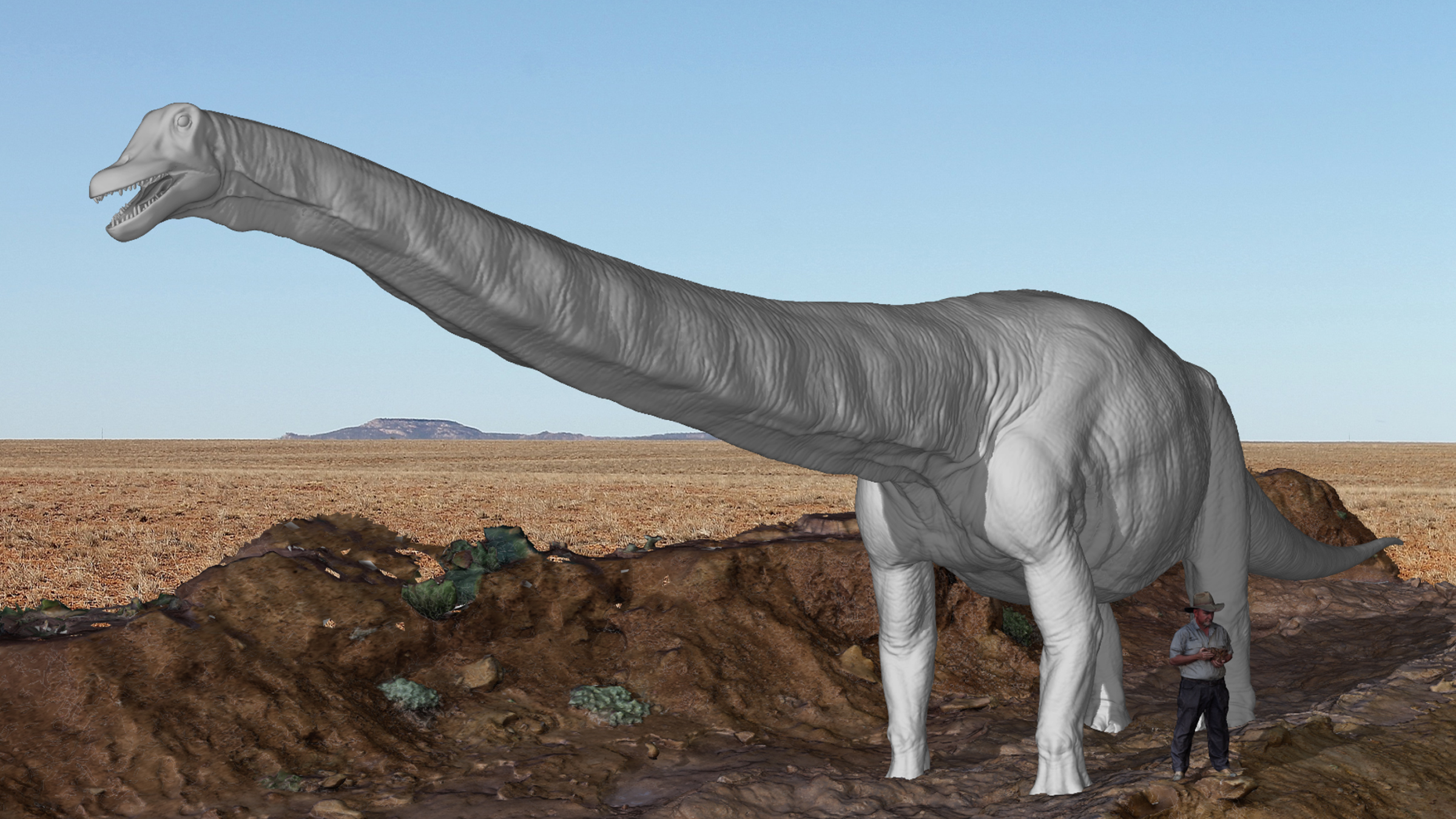
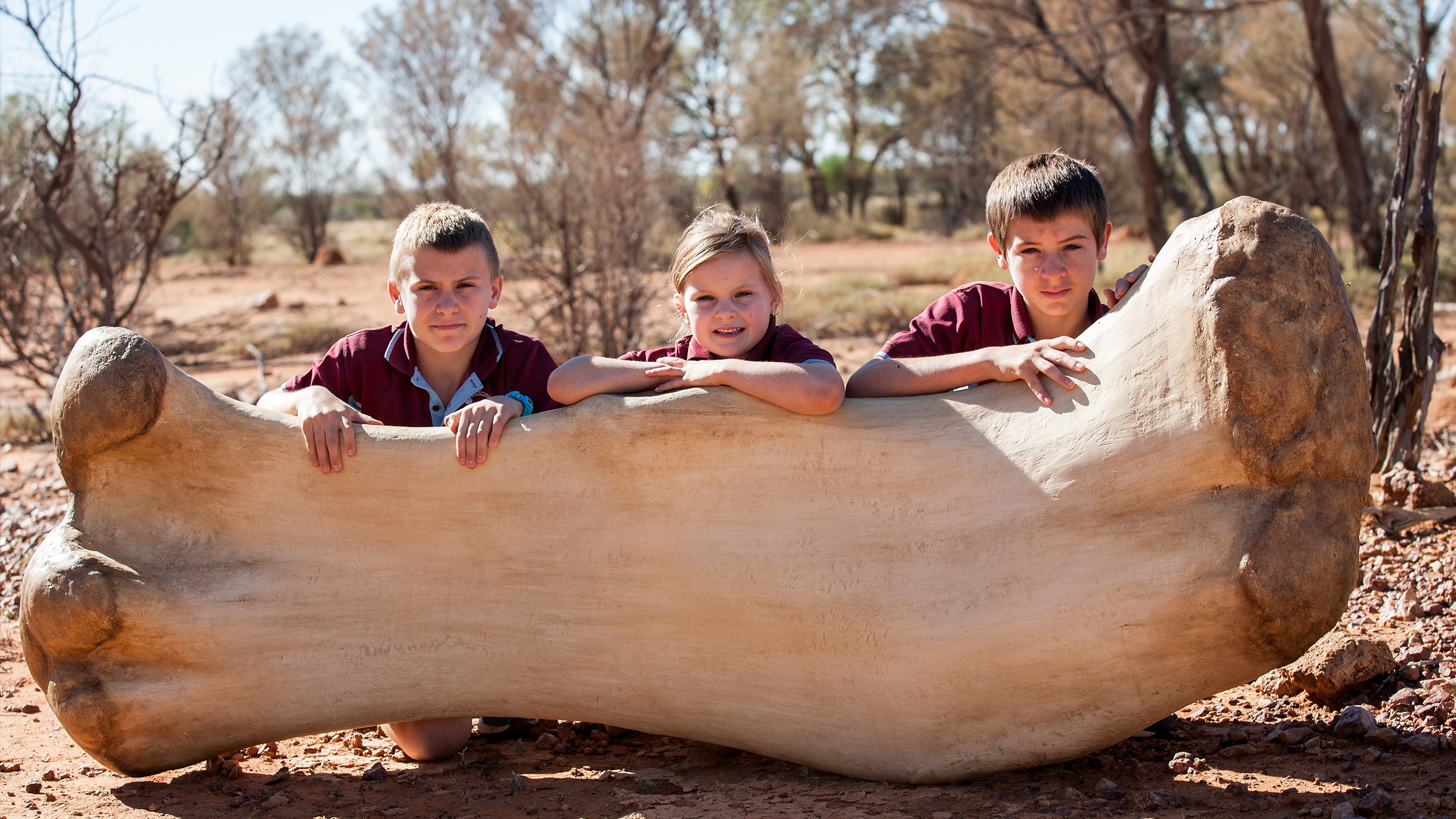
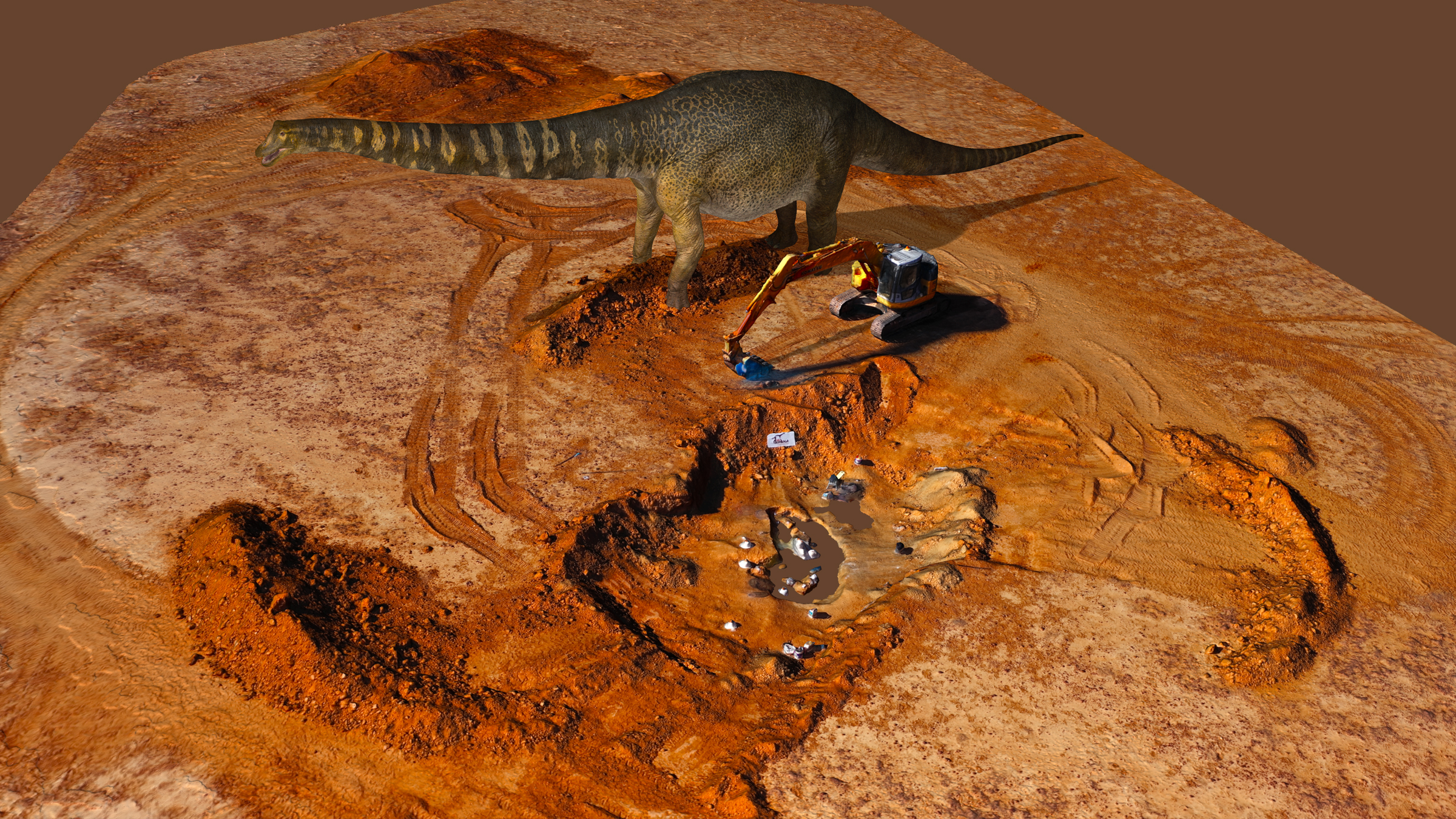
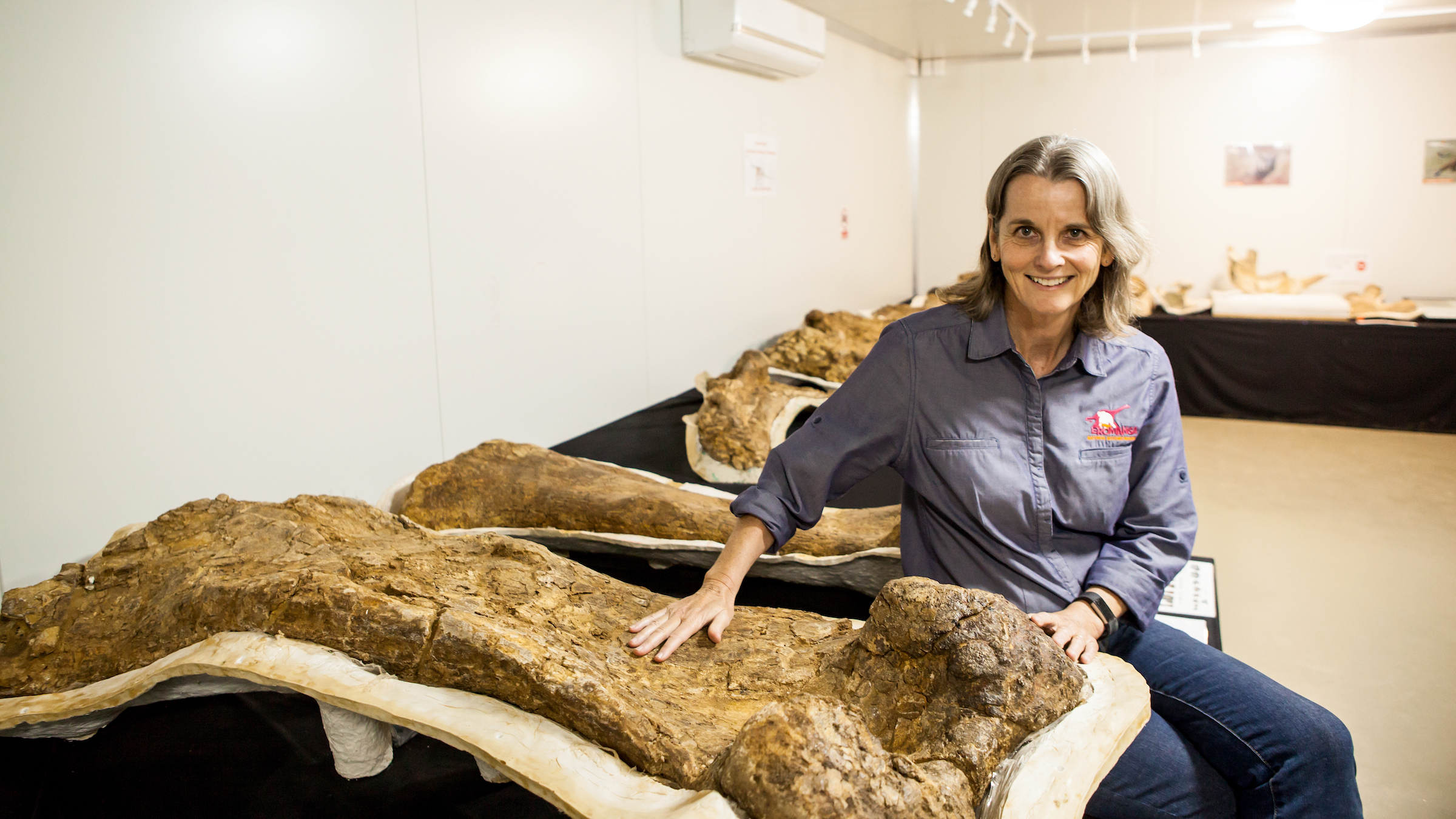
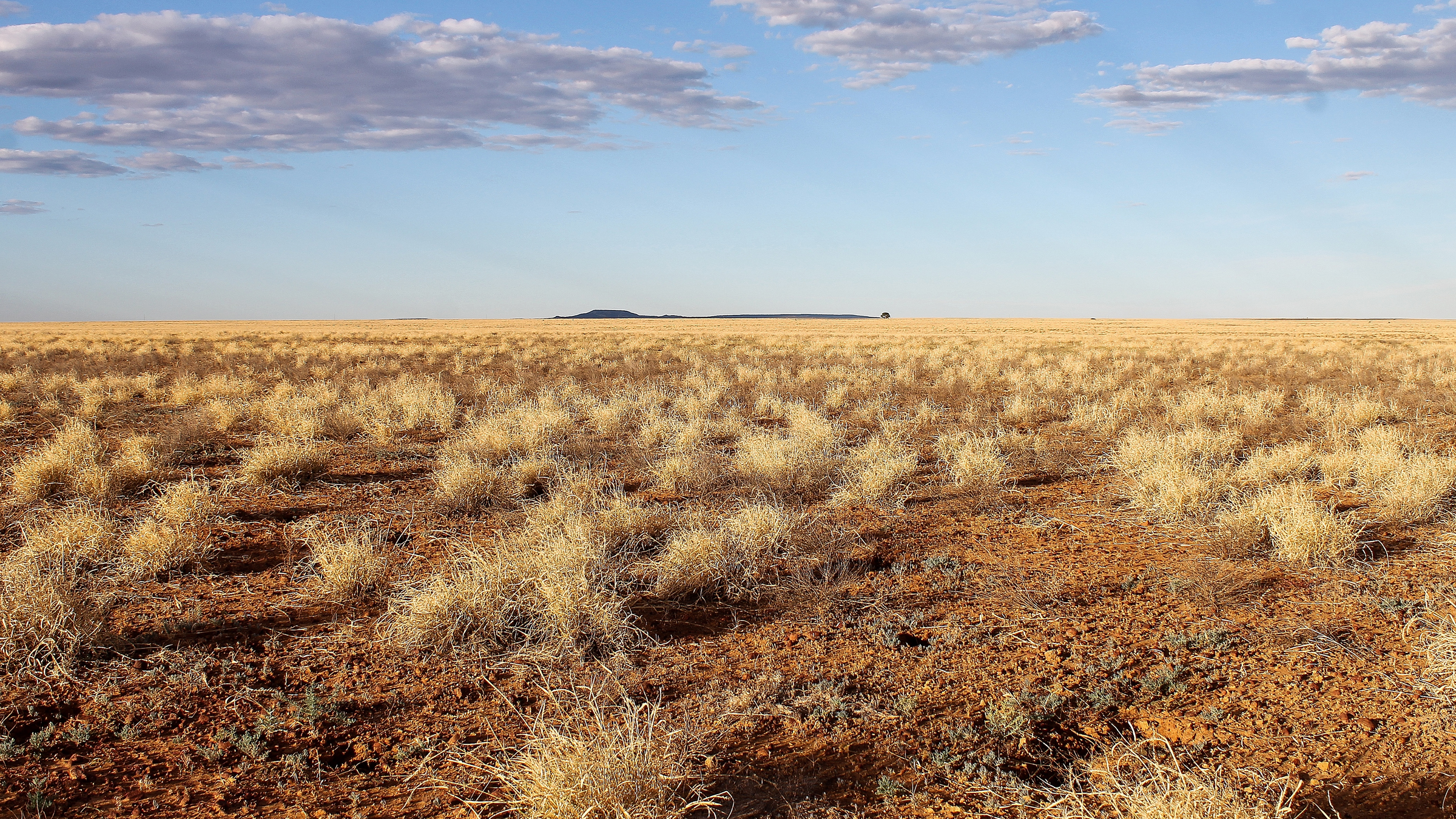
The team's analysis revealed that Cooper was closely related to three previously discovered sauropod dinosaurs — Wintonotitan, Diamantinasaurus and Savannasaurus — whose fossils were also found in the Winton Formation and date back about 96 million to 92 million years, during the Cretaceous period.
"We found that Australotitan was the largest in the family, followed by Wintonotitan with big hips and long legs, whilst the two smaller sauropods, Diamantinasaurus and Savannasaurus, were shorter in stature and heavily-set," Hocknull said.
Moreover, the discovery of a rocky site in the Queensland outback, nearly 330 feet (100 m) long, appears to have been a sauropod highway, "where the dinosaurs walked along trampling mud and bones into the soft ground," Hocknull said. Some of Cooper's bones were even crushed, likely under the heavy weight of other sauropods, which also left their fossilized footprints behind on the highway, the researchers wrote in the blog post.
The study was published online Monday (June 7) in the journal PeerJ.
Originally published on Live Science.

Laura is the managing editor at Live Science. She also runs the archaeology section and the Life's Little Mysteries series. Her work has appeared in The New York Times, Scholastic, Popular Science and Spectrum, a site on autism research. She has won multiple awards from the Society of Professional Journalists and the Washington Newspaper Publishers Association for her reporting at a weekly newspaper near Seattle. Laura holds a bachelor's degree in English literature and psychology from Washington University in St. Louis and a master's degree in science writing from NYU.


